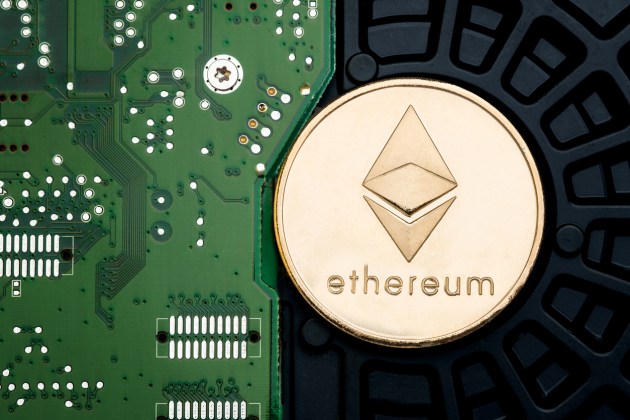US President Donald Trump’s administration has confirmed plans to regulate and bring stablecoin innovation onshore, according to Trump’s crypto czar, David Sacks.
Stablecoins are one of the key areas of focus for the Trump administration, alongside Bitcoin (BTC) adoption and blockchain development, Sacks said on CNBC’s Closing Bell Over Time on Feb. 4.
The stablecoin market “has already taken off but mostly offshore,” Sacks said, adding that the US now wants to “bring that innovation onshore.”
Stablecoins are a $227 billion industry, with 97% of its market comprising US-pegged stablecoins like Tether’s USDt (USDT). USDT alone accounts for more than 60% of the total stablecoin market capitalization, according to data from CoinGecko.
Stablecoins as a new digital dollar?
“I think the power of stablecoins is that it could extend the dollar’s dominance internationally and extend it online digitally,” Sacks said.
According to Trump’s crypto czar, stablecoins could create “potentially trillions of dollars” of new demand for US Treasurys, which could help support its debt and bring down long-term interest rates.
Trump’s crypto and AI czar David Sacks on CNBC’s “Closing Bell Over Time.” Source: CNBC
Sacks highlighted the potential benefits of stablecoins in expanding the US dollar’s influence in global finance.
The White House previously pledged to promote the US dollar’s sovereignty, “including through actions to promote the development and growth of lawful and legitimate dollar-backed stablecoins worldwide” in an executive order signed by Trump on Jan. 23.
While pushing stablecoins, the executive order prohibited the issuance and all possible implementations of a central bank digital currency (CBDC), putting the focus on US stablecoins as digital dollars.
Circle’s USDC is regulated in the US
As part of its stablecoin plans, the White House aims to enable legislation to support stablecoin issuance, Sacks said.
However, Circle’s USD Coin (USDC) stablecoin is already issued and managed in the US, with the issuer positioning its stablecoin as “regulated and fully reserved.”
Related: US Senator Hagerty introduces ‘GENIUS’ stablecoin bill
The USDC stablecoin is the second-largest stablecoin on the market after USDT, accounting for 24% of the total stablecoin market cap.
Top five stablecoins by market capitalization. Source: CoinGecko
Unlike USDC — widely seen as a regulated stablecoin in the US — Tether’s USDT has faced issues in jurisdictions like the European Union, where it has been increasingly labeled as a noncompliant stablecoin.
Tether is “happy” to decentralize the ownership of the US debt
On the other hand, USDC has gained legal recognition in several global economies, including Canada and the EU, where it became the first issuer to comply with Markets in Crypto-Assets Regulation framework in July 2024.
As USDT captures more than half of the total stablecoin market, it is likely to draw more attention in the US as the Trump administration has signaled its intentions to bring the stablecoin onshore.
Tether CEO Paolo Ardoino told Cointelegraph in October 2024 that Tether is the “best friend of the US government” because the issuer holds more US securities than Germany and “much more than “any other competitor or any other financial institution in the world.”
“We are happy to decentralize the ownership of the US debt, making the US much more resilient,” Ardoino said.
Magazine: How crypto laws are changing across the world in 2025










